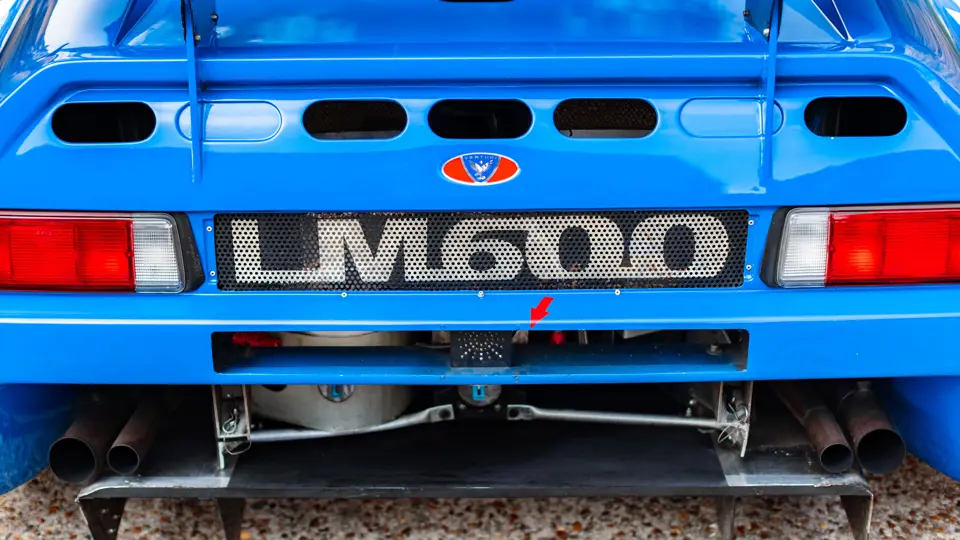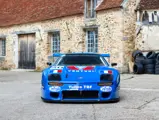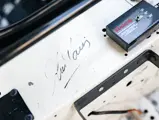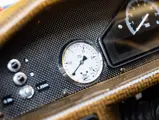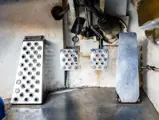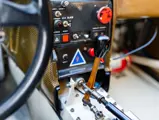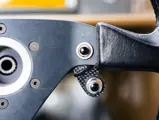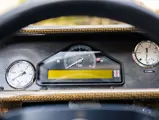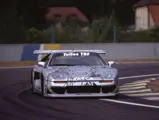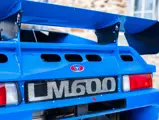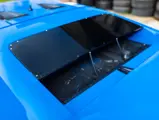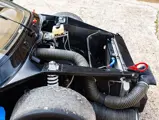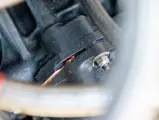
1993 Venturi 600 S-LM
{{lr.item.text}}
€297,500 EUR | Sold
{{bidding.lot.reserveStatusFormatted}}
- A rare racing Venturi uprated to 600 S-LM specification
- Largely rebuilt following a crash at the 1993 24 Hours of Le Mans
- Campaigned for Société BBA Compétition at the 1995 24 Hours of Le Mans
- Engine rebuild completed in 2019; presented in its 1996 livery
- Eligible for Masters Endurance Legends or Endurance Racing Legends events by Peter Auto
- Rare Venturi de compétition modifiée aux spécifications 600 S-LM
- En grande partie reconstruite après un accident aux 24 Heures du Mans 1993
- Engagée aux 24 Heures du Mans 1995 par la société BBA Compétition
- Reconstruction moteur terminée en 2019 ; présentée dans sa livrée de 1996
- Éligible aux Masters Endurance Legends et à l'Endurance Racing Legends de Peter Auto
In the 1980s and 1990s, the French manufacturer, Venturi, made a name for itself in the sports car world. Stéphane Ratel, the founder of SRO Motorsports Group, had been influential in the creation of the one-make Venturi 400 Trophy. In 1992, Ratel recognised a growing shift towards production-based GT cars and championed Venturi's move into the GT arena. The resulting 500 LM was based on Venturi's 400 GT road car and aimed to take on heavyweights including Ferrari and Porsche in top-level GT competition.
The example offered here, chassis 0003, was constructed in 1993 as the first Venturi 500 LM, used as a development car by the factory with guidance from test driver, Jean-Philippe Vittecoq. It was among the French manufacturer’s seven-car assault on the 24 Hours of Le Mans that year. The car took part in pre-qualifying for the event in May, and went on to qualify 41st overall and 17th in the GT Class on its return to the Circuit de la Sarthe in June, where it wore blue, pink, and white FreeSoft livery with the race number “56”. Costas Los, Johannes Badrutt and Claude Brana would share driving duties at the French classic, but despite qualifying strongly, the race was marred by disaster. On the opening lap of the race, chassis 0003 was involved in a collision that forced its return to the pits. By the end of the first hour the car was trailing at the back of the field, and after around four and half hours of racing the car spun, leaving the track and suffering rear-end damage. The team would fight on until the early hours of the morning when, on lap 80, Brana lost control of the Venturi, the resulting damage forcing the car’s retirement.
It is understood that the car was largely rebuilt, with the intention of being ready for entry by Stéphane Ratel in 1994's BPR Championship. By 29 May 1994, its race entry notes the car in 600 LM specification when it competed in the 1000 Kilometres of Paris for the Agusta Racing Team, but retired mid-race due to a gearbox issue. The Works outfit, Venturi Team Lécuyer, raced chassis 0003 at Paul Ricard, Monza and Jarama in BPR races in 1995, and it was also entered at Le Mans under the team banner of Société BBA Compétition. The driving was to be shared by Emmanuel Clérico, Laurent Lécuyer, and Bernard Chauvin, yet the Venturi’s outing at Le Mans ended prematurely having caught fire after 130 laps.
Since returned to its 1996 specification, the Venturi was demonstrated by its consigning owner during the Global Endurance Legends session at the 2017 Grand Prix de l'Age d'Or. The car's engine underwent a rebuild by Ferry
Development in 2019, while a new ECU was also fitted. Now in 600 S-LM configuration—arguably the ultimate form of Venturi’s racing vision—this storied car awaits its next owner, with the potential of furthering its competition career in any eligible historic events surely irresistible to any enthusiast of French racing cars.
| 1993 Venturi 600 S-LM '0003' Results | ||||||||
|---|---|---|---|---|---|---|---|---|
| Race | Date | Entrant | Race Number | Driver | Qualifying | Overall Finish | Class Finish | |
| Le Mans Test | 16 May 1993 | Stéphane Ratel | 56 | "Laffite / Verellen / Dechavanne / Ratel | " | 22nd | 22nd | 7th |
| 24 Hours of Le Mans | 20 June 1993 | Stéphane Ratel | 56 | Los / Badrutt / Brana | 41st | DNF | DNF | |
| 1000 Kilometres of Paris | 29 May 1994 | Agusta Racing Team | 56 | Bouchut / Grouillard | 2nd | DNF | DNF | |
| Prequalifying Le Mans | 30 April 1995 | Société BBA Compétition | 43 | Clérico / Poulain / Tropenat | 27th | 27th | ||
| 24 Hours of Le Mans | 18 June 1995 | Société BBA Compétition | 43 | Clérico / Lécuyer / Chauvin | 30th | DNF | DNF | |
| 4 Hours of Paul Ricard | 3 March 1996 | Venturi Team Lécuyer | 20 | Bouchut / Favre / Lécuyer | 8th | DNF | DNF | |
| 4 Hours of Monza | 24 March 1996 | Venturi Team Lécuyer | 20 | Favre / Lécuyer / Clérico | 16th | DNF | DNF | |
| 4 Hours of Jarama | 14 April 1996 | Venturi Team Lécuyer | 20 | Lécuyer / Favre / Chauvin | 17th | DNF | DNF | |
| Prequalifying Le Mans | 28 April 1996 | Société BBA Compétition | 40 | Maury-Laribiére / Lécuyer / Clérico / Favre | 43rd | 25th | ||
| 24 Hours of Le Mans | 16 June 1996 | Société BBA Compétition | 40 | Maury-Laribiére / Lécuyer / Clérico | 40th | DNS | DNS |
Dans les années 80 et 90, le constructeur français Venturi s'est fait un nom dans le monde du sport automobile et Stéphane Ratel, fondateur du SRO Motorsports Group, a joué un rôle important dans la création du Trophée Venturi 400 monomarque. En 1992, Ratel a observé un glissement de plus en plus marqué vers les GT issues de la série et a soutenu l'entrée de Venturi dans l'arène GT. La Venturi 500 LM qui en est sortie était basée sur la Venturi 400 GT de route et avait pour objectif de se mesurer aux poids lourds comme Ferrari et Porsche au plus haut niveau de la compétition GT.
L'exemplaire proposé ici, le châssis 0003, a été construit en 1993 comme la première Venturi 500 LM, utilisée comme voiture de développement par l'usine sous la direction du pilote d'essai, Jean-Philippe Vittecoq. C'était parmi les sept voitures de la marque engagées cette même année aux 24 Heures du Mans. Elle a pris part aux essais préliminaires au mois de mai et s'est qualifiée 41ème sur la grille et 17ème des GT lors de son retour sur le circuit de la Sarthe au mois de juin où elle portait la livrée bleu, rose et blanc de FreeSoft et le numéro 56. Pour la course, le volant était confié à Costas Los, Johannes Badrutt et Claude Brana mais, malgré leur bonne qualification, l'épreuve a été jalonnée de drames. Dès le premier tour, cette voiture (châssis 0003) a été impliquée dans une collision qui l'a forcée à s'arrêter au stand. A la fin de la première heure elle était en queue de peloton et, au bout d'environ une heure et demi de course, elle est sortie de route à la suite d'un tête-à-queue et a souffert d'un arrière endommagé. L'équipe s'est battue jusqu'au petit matin mais, au 80ème tour, Brana a perdu le contrôle de la Venturi et les dommages provoqués ont entraîné son abandon.
Cette voiture aurait été ensuite largement reconstruite, dans l'intention de la préparer pour que Stéphane Ratel prenne part au Championnat BPR 1994. Le 29 mai 1994, son inscription mentionnait qu'elle était aux spécifications 600 LM lorsqu'elle a participé aux 1000 Km de Paris pour Agusta Racing Team, mais elle a abandonné à mi-course à cause d'un problème de boîte de vitesses. L'équipe d'usine, Venturi Team Lécuyer, l'a engagée en 1995 aux épreuves BPR du Paul Ricard, de Monza et de Jarama, et elle a également participé aux 24 Heures du Mans sous les couleurs de la société BBA Compétition. Les pilotes qui se la partageaient étaient Emmanuel Clérico, Laurent Lécuyer et Bernard Chauvin, mais l'aventure a tourné court quand la voiture a pris feu au bout de 130 tours.
Depuis qu'elle a retrouvé ses spécifications de 1996, cette Venturi a participé entre les mains de son actuel propriétaire à la manche du Global Endurance Legends lors du Grand Prix de l'Age d'Or 2017. Le moteur a fait l'objet d'une reconstruction en 2019 par Ferry Development, avec pose d'une nouvelle centrale électronique. Aujourd'hui en configuration 600 S-LM — indiscutablement la forme ultime de la vision de Venturi en compétition — cette voiture historique attend son prochain propriétaire pour poursuivre sa carrière en compétition dans tous les évènements historiques auxquels elle est éligible, en plus de présenter un attrait irrésistible pour tout amateur de voitures de course françaises.


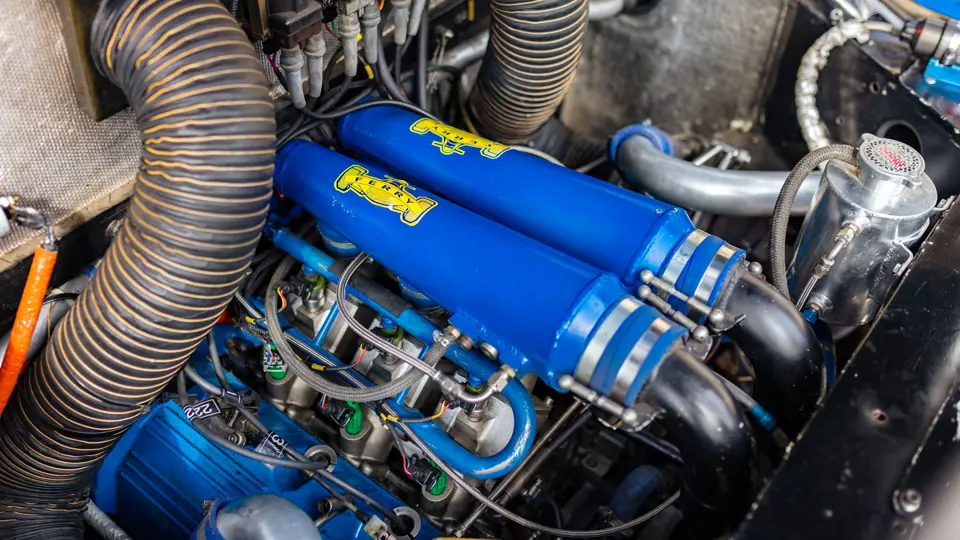




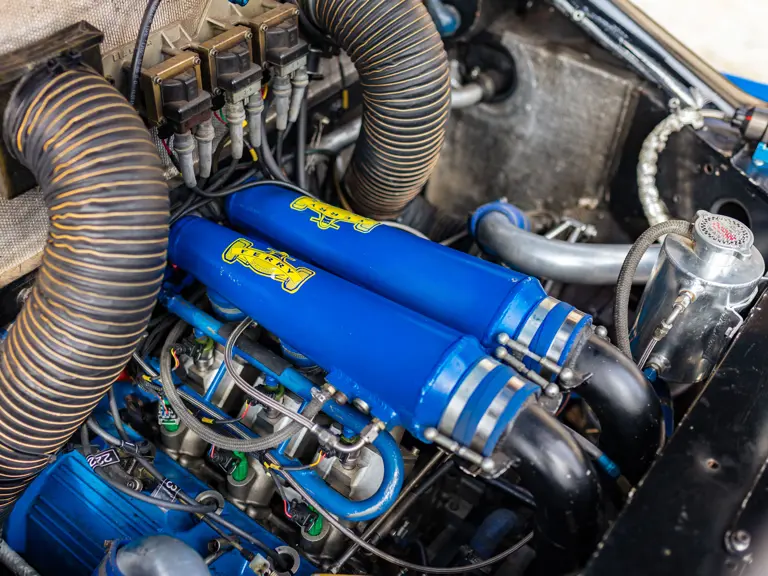





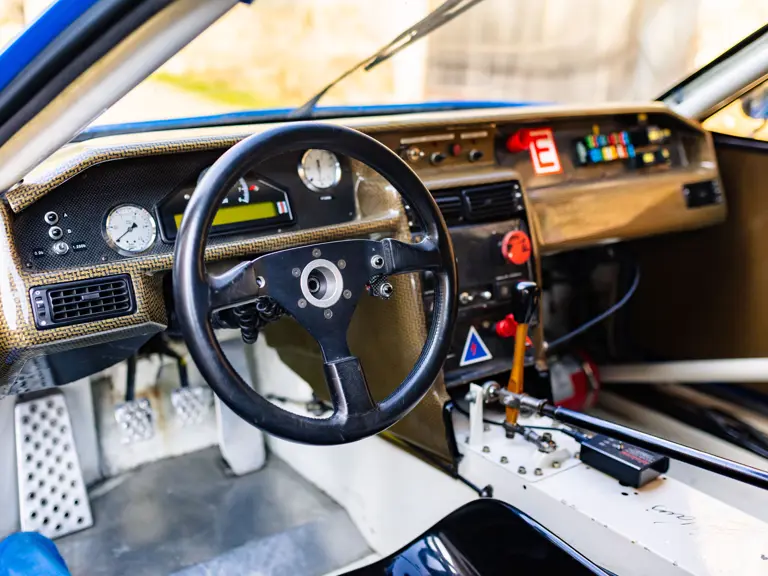
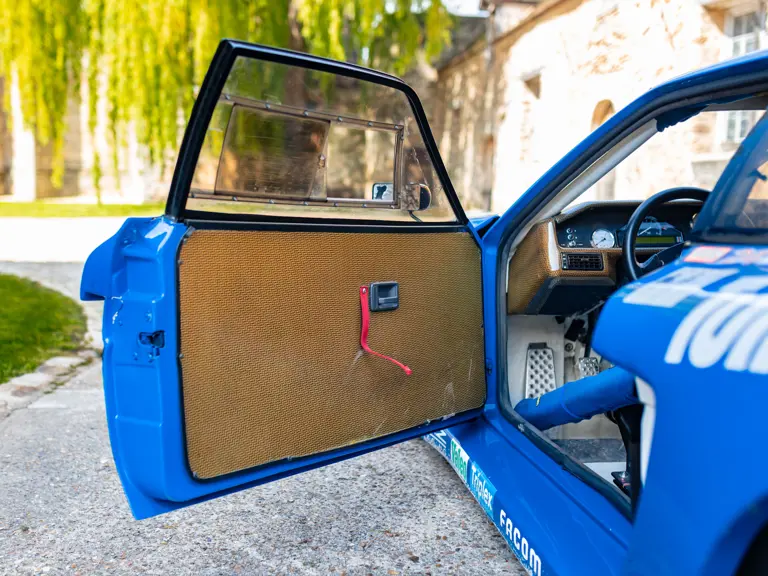



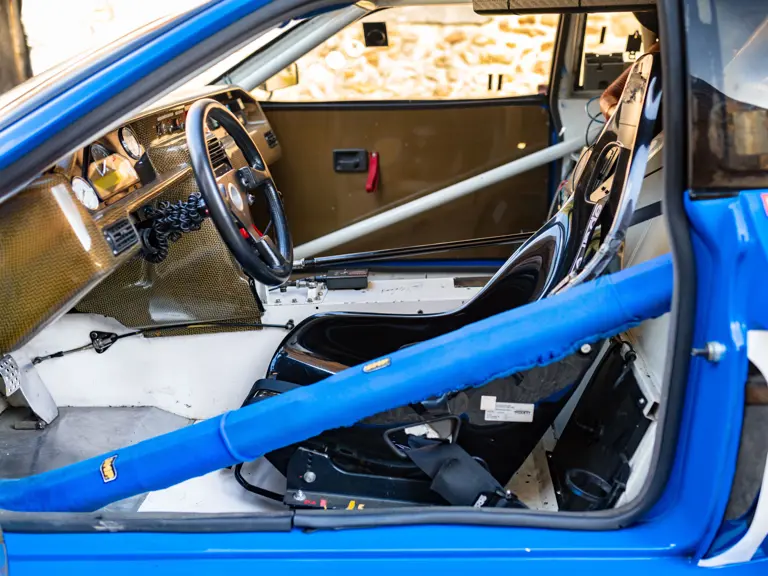
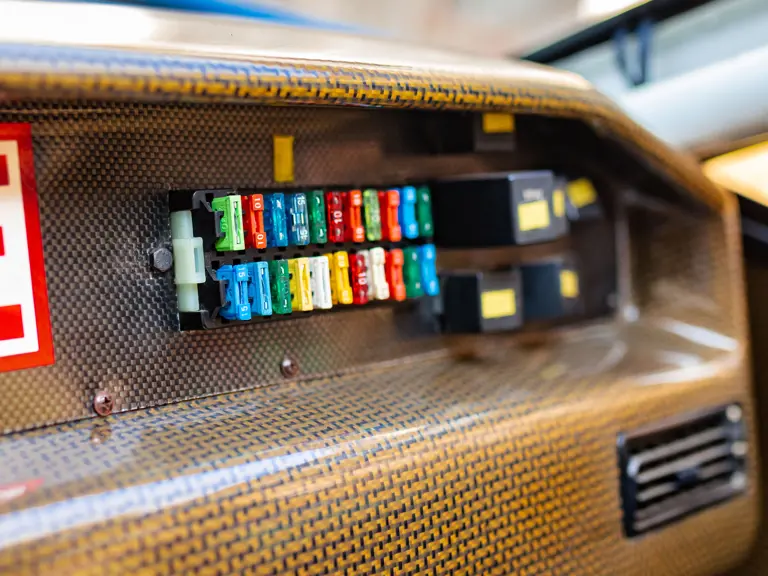
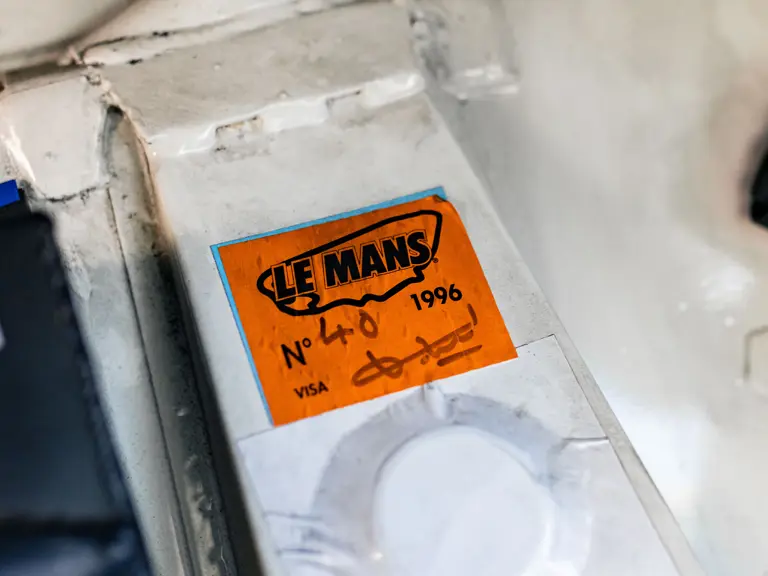


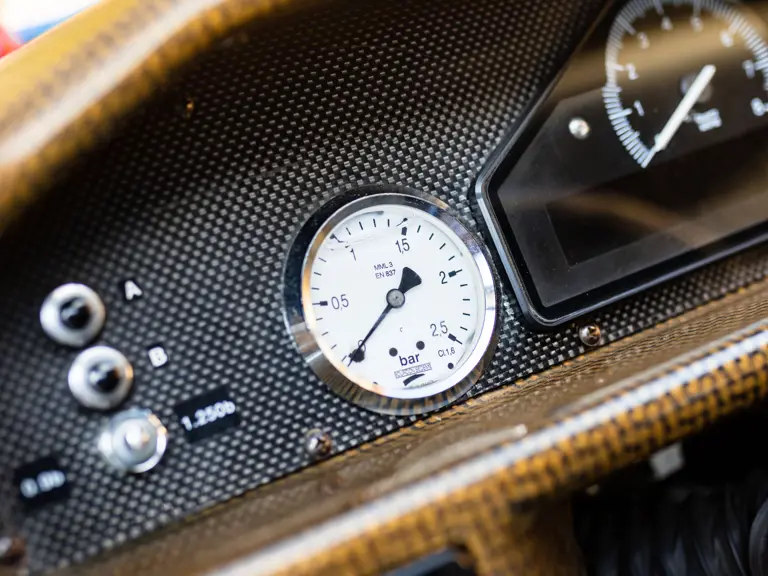






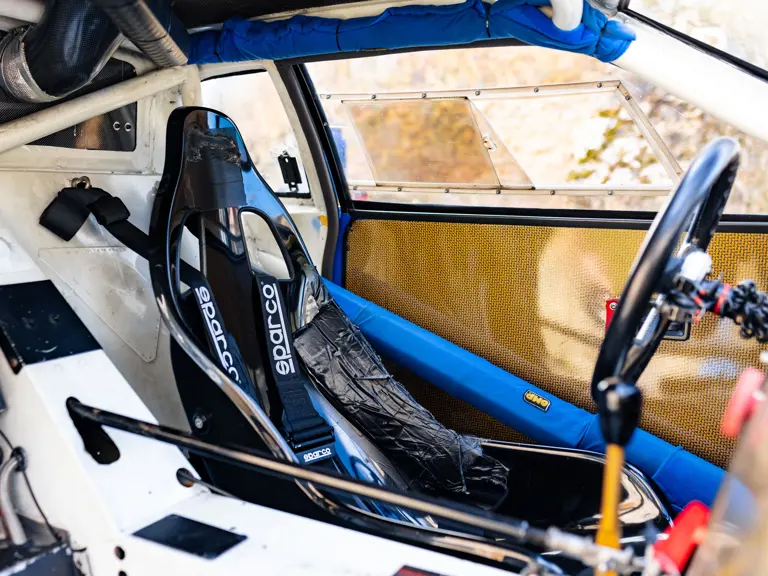





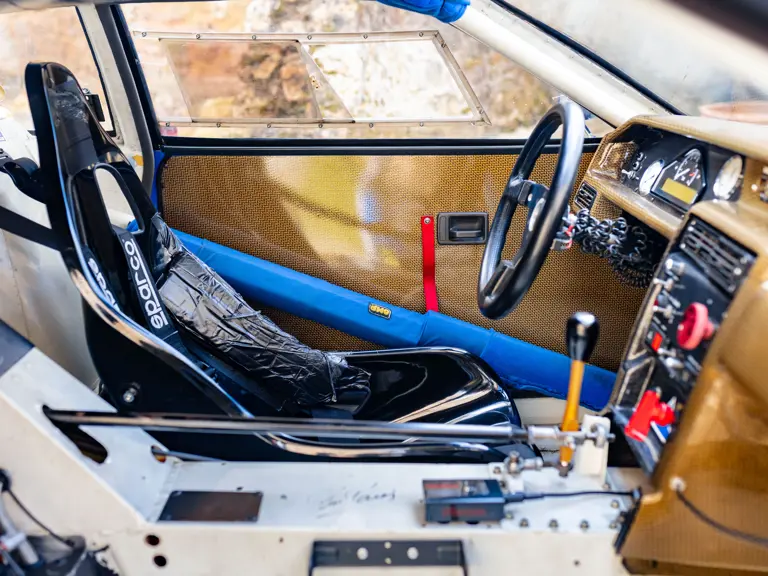



















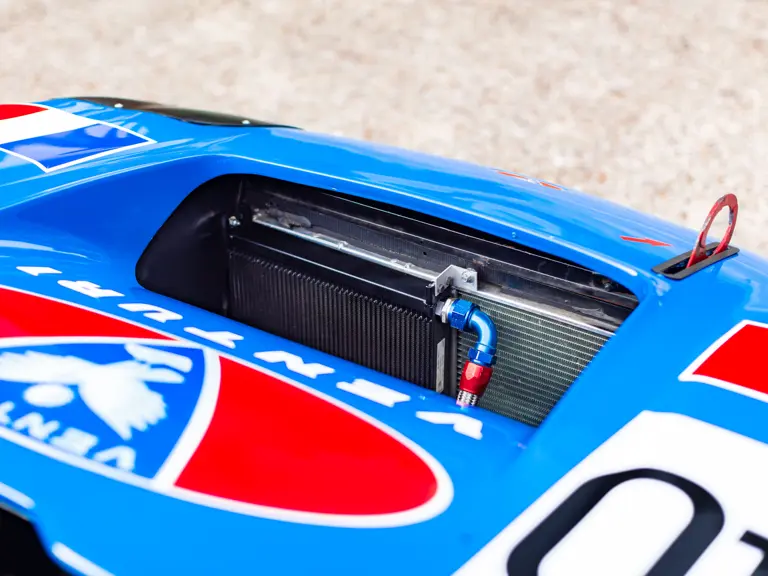








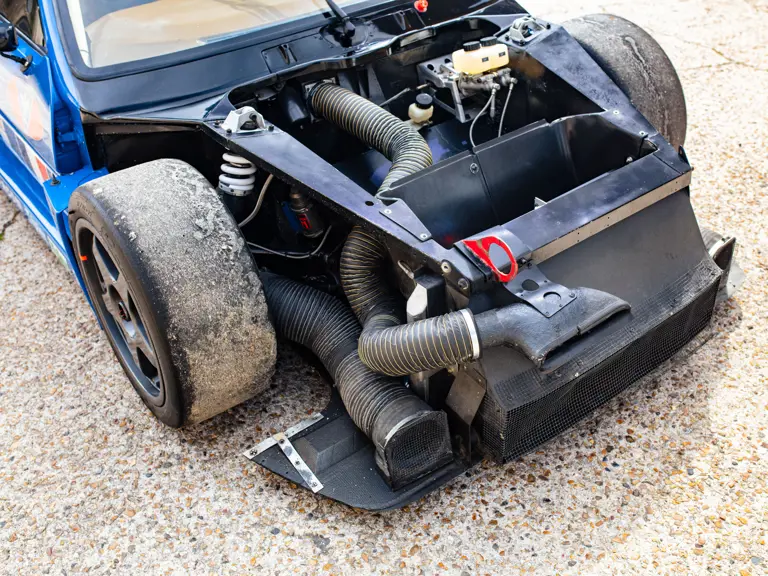






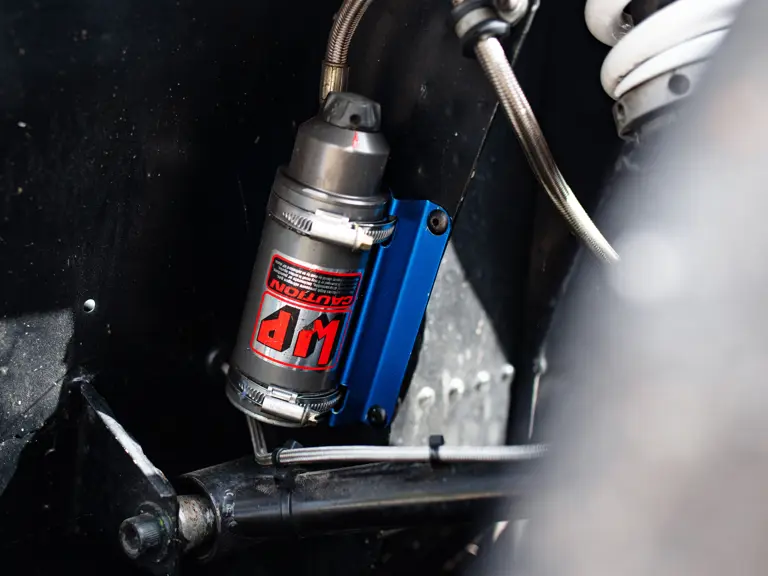














 | Le Mans, France
| Le Mans, France


